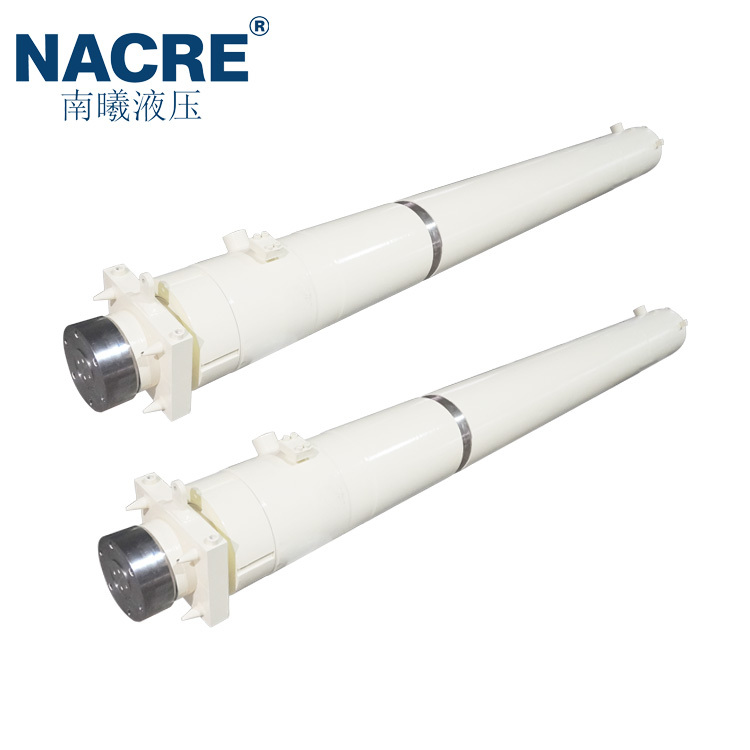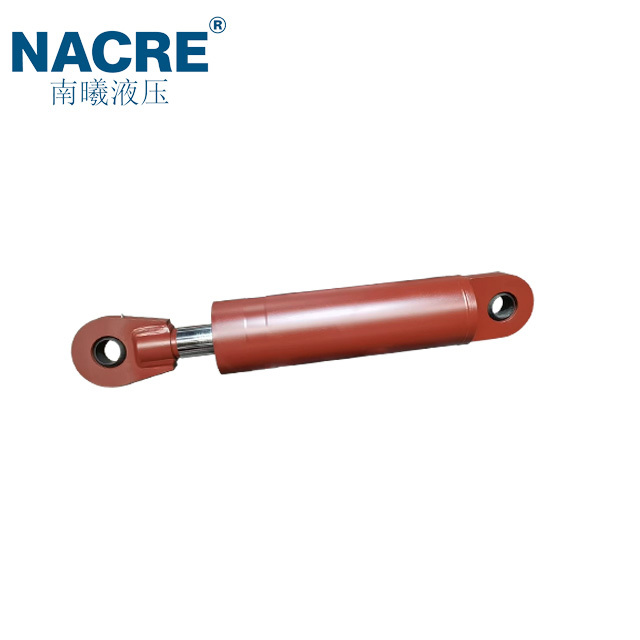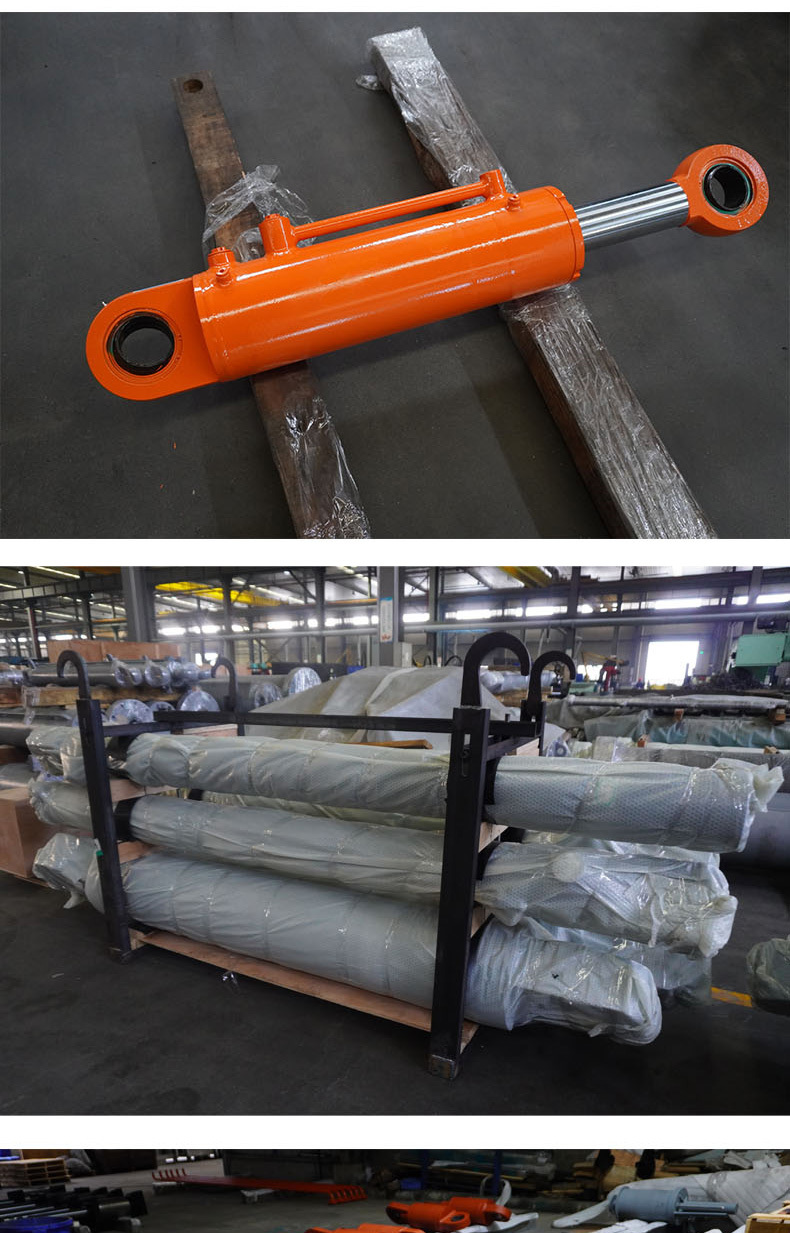Understanding Excavator Cylinders: Essential Insights for Industrial Professionals
2025-06-09
Excavator cylinders are vital components in the hydraulic systems of excavators, serving as actuators that convert hydraulic pressure into mechanical force. These cylinders are crucial for the various functions of an excavator, including lifting, digging, and tilting. Understanding the design, function, and maintenance of excavator cylinders can significantly improve the performance and longevity of hydraulic machinery.
At its core, an excavator cylinder consists of several key parts: the cylinder barrel, piston, piston rod, and end caps. The hydraulic fluid is pumped into the cylinder barrel, creating pressure that moves the piston and extends or retracts the piston rod. This movement is essential for the operational capabilities of the excavator, allowing for precise control over various attachments and operating functions.
One of the most significant advantages of excavator cylinders is their ability to provide powerful lifting and digging force while maintaining compact dimensions. This makes them ideal for confined spaces where traditional lifting mechanisms may not be feasible. Furthermore, the efficiency of these cylinders can be maximized through proper maintenance practices, including regular inspections for leaks, wear, and signs of fatigue.
In addition, the selection of the right type of hydraulic fluid is crucial for the optimal performance of excavator cylinders. The hydraulic fluid must be compatible with the cylinder seals and must withstand varying temperature conditions to prevent degradation. Using the proper fluid can help avoid issues such as cavitation, which can lead to decreased efficiency and potential damage to the cylinder.
Maintenance of excavator cylinders should include checking for hydraulic fluid levels, inspecting for leaks or cracks, and cleaning any debris that may accumulate. It is also advisable to regularly check the seals and replace them as necessary to prevent hydraulic fluid loss. By adhering to a routine maintenance schedule, operators can ensure that the excavator cylinders function smoothly and reliably, reducing downtime and repair costs.
When it comes to troubleshooting common issues with excavator cylinders, operators should be aware of symptoms such as slow movement, unusual noises, or leaks. These indicators often point to underlying problems that require immediate attention. Addressing these issues promptly can help maintain the overall health of the hydraulic system and ensure that the excavator remains operational.
In summary, excavator cylinders are integral to the function of hydraulic machinery in the industrial sector. By understanding their design, function, and maintenance requirements, professionals can enhance the efficiency and longevity of their equipment. Knowledge of these essential components not only improves operational workflows but also contributes to overall productivity in construction and excavation projects.
At its core, an excavator cylinder consists of several key parts: the cylinder barrel, piston, piston rod, and end caps. The hydraulic fluid is pumped into the cylinder barrel, creating pressure that moves the piston and extends or retracts the piston rod. This movement is essential for the operational capabilities of the excavator, allowing for precise control over various attachments and operating functions.
One of the most significant advantages of excavator cylinders is their ability to provide powerful lifting and digging force while maintaining compact dimensions. This makes them ideal for confined spaces where traditional lifting mechanisms may not be feasible. Furthermore, the efficiency of these cylinders can be maximized through proper maintenance practices, including regular inspections for leaks, wear, and signs of fatigue.
In addition, the selection of the right type of hydraulic fluid is crucial for the optimal performance of excavator cylinders. The hydraulic fluid must be compatible with the cylinder seals and must withstand varying temperature conditions to prevent degradation. Using the proper fluid can help avoid issues such as cavitation, which can lead to decreased efficiency and potential damage to the cylinder.
Maintenance of excavator cylinders should include checking for hydraulic fluid levels, inspecting for leaks or cracks, and cleaning any debris that may accumulate. It is also advisable to regularly check the seals and replace them as necessary to prevent hydraulic fluid loss. By adhering to a routine maintenance schedule, operators can ensure that the excavator cylinders function smoothly and reliably, reducing downtime and repair costs.
When it comes to troubleshooting common issues with excavator cylinders, operators should be aware of symptoms such as slow movement, unusual noises, or leaks. These indicators often point to underlying problems that require immediate attention. Addressing these issues promptly can help maintain the overall health of the hydraulic system and ensure that the excavator remains operational.
In summary, excavator cylinders are integral to the function of hydraulic machinery in the industrial sector. By understanding their design, function, and maintenance requirements, professionals can enhance the efficiency and longevity of their equipment. Knowledge of these essential components not only improves operational workflows but also contributes to overall productivity in construction and excavation projects.
Previous Page
Previous Page
Questions?
We are here to help.







